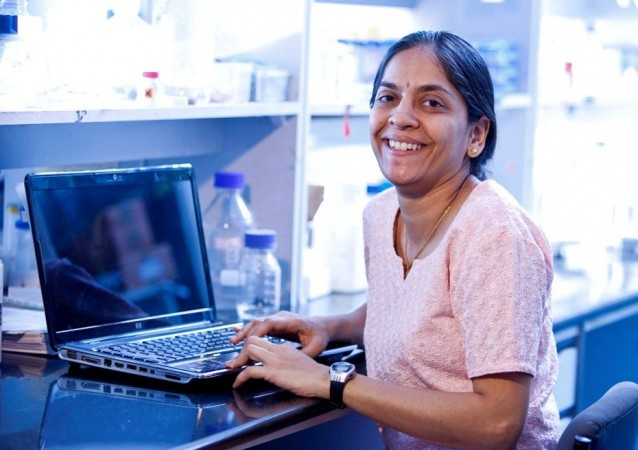
A group of scientists has created a mouse model study that may be able to cure leukaemia. The model helps to study blood disorders and bone marrow that could help find a cure for blood and bone marrow cancer.
The model was created by a research team led by Professor Maneesha S Inamdar at Jawaharlal Nehru Centre for Advanced Scientific Research (JNCASR) in Bengaluru. Their findings have been published in medical journal Blood.
The research team has discovered a stem cell protein called 'asrij' (meaning blood in Sanskrit), has found it plays a key role in preventing myeloproliferative disease, a condition characterised by excessive production of mature blood cells, reports TOI.
The article named as "Asrij/OCIAD1 suppresses CSN5-mediated p53 degradation and maintains mouse hematopoietic stem cell quiescence" is a contribution of the research of the team comprising of Saloni Sinha, Tirath Raj Dwivedi, Roja Yengkhom, Venkata Anudeep Bheemsetty, Takaya Abe, Hiroshi Kiyonari, K VijayRaghavan and Inamdar.
According to reports, 90 per cent of cancer cases are caused due to the mutation of a protein which regulates cell production-p53. "Only 11 per cent of hematologic malignancies (cancer in the cells of blood-forming tissue) have mutant p53. Mechanisms that cause wild type p53 dysfunction and promote leukaemia are inadequately deciphered" read the journal.
"Despite no significant mutation of p53, we found levels of asrij were low, causing uncontrolled production of new cells", Inamdar told TOI.
According to one of the researcher Saloni, the protein asrij protects p53 and helps in preventing cancer. Without asrij, p53 is destroyed and the blood stem cells multiply making it cancerous.
She said that the new research by the team explains how some cancer cells develop without a mutation in p53. It is a well-known fact among the scientists that mutations in p53 lead to cancer but they were unable to figure out how and this study will help them to understand it.
The research was done in collaboration with RIKEN CDB, Kobe, Japan and the National Centre for Biological Sciences, Bengaluru.









